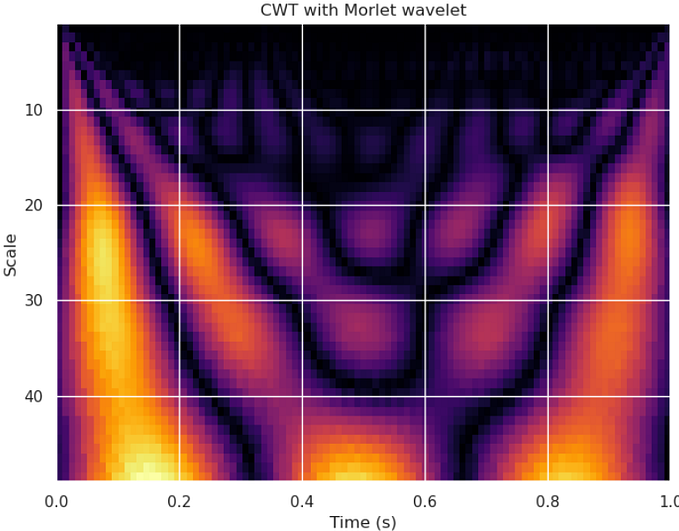How to SpeedUp Hill Climb Search in Python?
Hill Climbing is an optimization technique used in Artificial Intelligence and other fields to find a solution to a problem by incrementally improving the solution. It is a greedy algorithm that starts from an initial solution and iteratively makes changes to it, only accepting changes that result in an improvement to the solution’s quality. If a change results in a worse solution, the change is rejected and the algorithm continues with the previous solution. The algorithm stops when no further improvements can be made or when a pre-determined stopping criterion is reached. Hill Climbing is often used for problems with a large search space, as it is simple to implement and can be effective in finding a near-optimal solution.
Advantages:
- Simple to implement and understand
- Can find near-optimal solutions quickly for problems with small search spaces
- Can be easily parallelized to speed up the search process
Disadvantages:
- Can get stuck in local optima, meaning it may not find the globally optimal solution
- May not be efficient for problems with large search spaces
- Can be sensitive to the initial solution and the choice of the next move
- Can be computationally expensive if the solution quality function is complex to evaluate.
Speed up the Hill Climbing search process
Here are some options you could try to speed up the Hill Climbing search process:
- Parallel Processing: You could try parallelizing the Hill Climbing process across multiple cores/threads.
- Data Subsampling: You could consider using a smaller subset of data to get an initial model, and then refine it using the full dataset.
- Optimizing the Hill Climbing algorithm: Implementing custom optimization techniques to speed up the search process.
- Using a GPU: If you have access to a GPU, you could try using GPU-accelerated packages such as PyTorch to speed up the computations.
Code example
Split the data into smaller chunks and run each chunk in a separate process. Then combine the results from each process to get the final result.
import pgmpy
from pgmpy.estimators import HillClimbSearch
import multiprocessing as mp
import numpy as np
def estimate_model(data, use_cache, tabu_length, **kwargs):
hc = HillClimbSearch(data, use_cache=use_cache, tabu_length=tabu_length, **kwargs)
return hc.estimate()
def split_data(data, n_splits):
n_rows = data.shape[0]
split_size = n_rows // n_splits
splits = [data[i:i + split_size] for i in range(0, n_rows, split_size)]
return splits
def run_parallel(data, use_cache, tabu_length, n_splits, **kwargs):
splits = split_data(data, n_splits)
with mp.Pool(processes=n_splits) as pool:
results = pool.starmap(estimate_model, [(split, use_cache, tabu_length) for split in splits])
return results
data = # Your data
results = run_parallel(data, True, 100, 4, **kwargs)
final_result = np.concatenate(results)In this example, we use the split_data function to split the data into n_splits chunks. The run_parallel function creates a pool of worker processes using mp.Pool and runs the estimate_model function in parallel for each chunk of data. The results from each process are concatenated using concatenate the method to get the final result.
Conclusion
In conclusion, Hill Climbing is a simple and efficient optimization technique that can be useful in finding near-optimal solutions for problems with small search spaces. However, it has limitations and may not be suitable for complex problems with large search spaces. Careful consideration of the problem and the evaluation function is required when using Hill Climbing to ensure that it is the appropriate algorithm for the task at hand.






